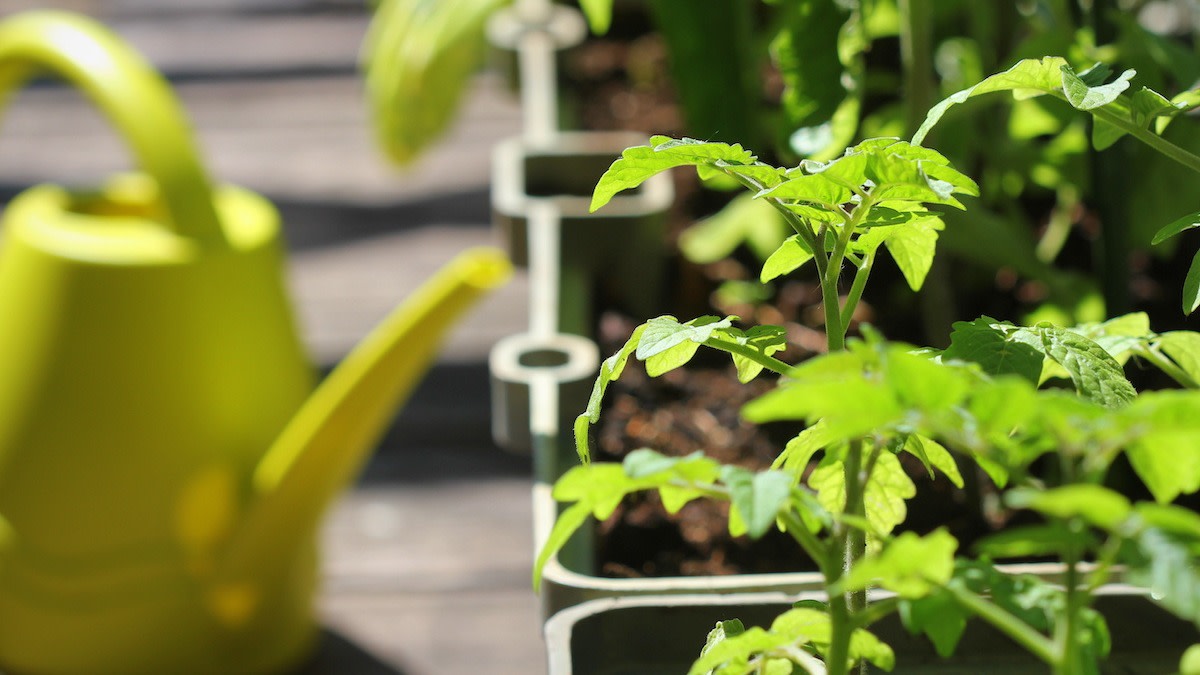How to Grow a Balcony Garden: 4 Tips for Balcony Gardening
Written by MasterClass
Last updated: Jun 7, 2021 • 2 min read
If you're a resident of any urban city, it can be hard to find enough space to grow a garden. You'll need to get creative with the limited outdoor space you have, like balconies, window boxes, and porches.
Learn From the Best
What Is a Balcony Garden?
A balcony garden is exactly what it sounds like—a garden arranged on a balcony. Given the limited space, this type of urban gardening relies on container gardening. Depending on the size of your balcony, you can add small trellises to your pots and containers to enable some plants to grow vertically.
4 Types of Vegetables to Plant in a Balcony Garden
Balcony gardening is great for smaller vegetables, flowers, and herbs. Avoid planting heftier veggies, like melons or large squash plants that require more space. Great plants for balcony vegetable gardens include:
- 1. Leafy greens: Vegetables like lettuce, spinach, and kale are particularly suited to urban gardens confined to small spaces. You can plant them in rows in repurposed rain gutters mounted on a wall or railing.
- 2. Herbs: Basil, oregano, rosemary, and thyme are all easy to keep contained in a balcony herb garden, and you can harvest fresh leaves as you need them to flavor your food.
- 3. Bush vegetables: Tomatoes, peppers, and certain types of beans all grow well in pots on a balcony or porch. Use tomato cages to give the plants shape.
- 4. Vines: If you want to take advantage of vertical space on a tiny balcony, try using a trellis, or even the balcony railing, to grow vines. Peas, pole beans, and even passionfruit are perfect for a small garden on a balcony.
4 Tips for Balcony Gardening
If you’re a city dweller in an apartment, you’re more limited in what you can plant than those with access to land, but you still have options. These tips are best practices for starting a garden on a balcony or other small space.
- 1. Find your hardiness zone. A map of hardiness zones shows the average low temperatures of your region as well as the average annual winter temperatures. The USDA maintains an online hardiness map, searchable by zip code, that divides the country into 13 zones based on average annual minimum temperature. Before you start your garden, find your hardiness zone, and familiarize yourself with the fruits, vegetables, flowers, and herbs that thrive in it.
- 2. Follow the usual gardening rules. Balcony gardens require the same care as a traditional garden. Ensure there is enough direct sunlight for your plants, consider covering the soil in your pots with mulch, and water your plants regularly. You can even create a small compost bin for kitchen scraps.
- 3. Bring your garden inside during the winter. Unless you live somewhere like Los Angeles or any city with a year-long temperate climate, bring your plants inside when the weather shifts.
- 4. Use hanging planters and window boxes. Urban gardening is all about maximizing space, and hanging baskets and planters are especially efficient. You might even consider planting a windowsill garden. Whatever container you choose, be sure to use a high-quality potting soil rich in loam.
Learn More
Grow your own food with Ron Finley, the self-described "Gangster Gardener." Get the MasterClass Annual Membership and learn how to cultivate fresh herbs and vegetables, keep your house plants alive, and use compost to make your community - and the world - a better place.
